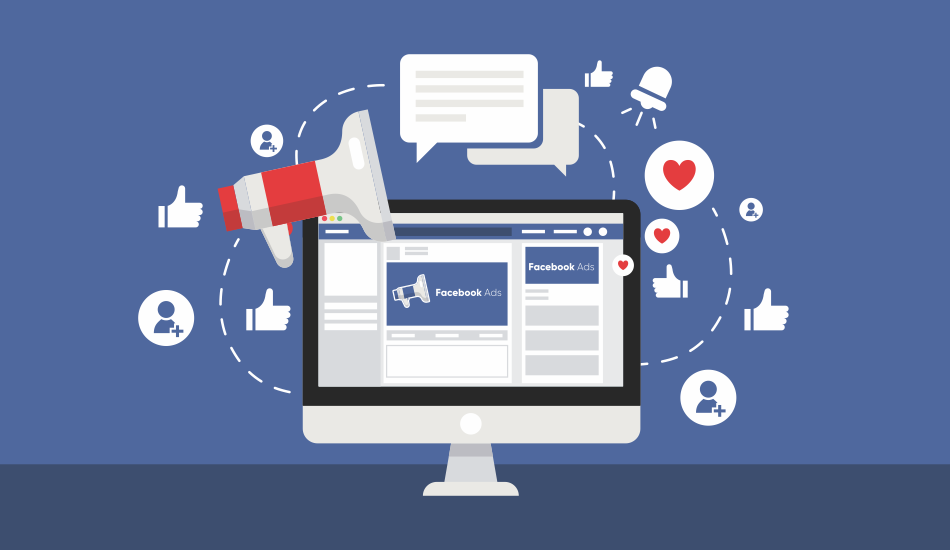Pay Per Click (PPC) and Pay Per 1000 Impressions (PPM or CPM) are two different pricing models used in online paid marketing, specifically in the context of online advertising campaigns. They determine how advertisers are charged for their advertisements and the primary metrics used for billing. Let's elaborate on the differences between these two models in detail:
1. Pay Per Click (PPC):
Pricing Model: In PPC advertising, advertisers are charged each time a user clicks on their ad.
Billing Metric: The primary billing metric is the number of clicks generated by the ad.
Cost Control: Advertisers have more control over their costs since they are only charged when someone interacts with their ad by clicking on it.
Performance Focus: PPC is highly performance-oriented as advertisers only pay for actual clicks, which indicates user engagement and interest.
Common Platforms: PPC is commonly used in platforms like Google Ads (formerly AdWords), Bing Ads, and social media advertising networks like Facebook Ads and LinkedIn Ads.
Advantages of PPC:
Direct and measurable ROI.
Better targeting options based on keywords, demographics, and user behavior.
Advertisers can set daily budgets and bid strategies.
Advertisers can optimize campaigns based on click-through rates (CTR) and conversion rates.
Disadvantages of PPC:
Can be expensive, especially for competitive keywords.
Requires continuous monitoring and optimization.
May not be suitable for brand awareness campaigns.
2. Pay Per 1000 Impressions (PPM or CPM):
Pricing Model: In PPM advertising, advertisers are charged for every 1000 ad impressions or views, regardless of whether users click on the ad.
Billing Metric: The primary billing metric is the number of ad impressions, usually measured in thousands (M is the Roman numeral for 100.
Cost Control: Advertisers pay based on the number of times their ad is shown, irrespective of user engagement. This can make costs more predictable but less performance-driven.
Performance Focus: PPM is more focused on building brand awareness and visibility since it charges per view, not per click.
Common Platforms: PPM is often used in display advertising, programmatic advertising, and on platforms like the Google Display Network and social media ad campaigns that prioritize reach and visibility.
Advantages of PPM:
Good for brand exposure and awareness campaigns.
Predictable costs based on impressions.
Suitable for ad campaigns with broad targeting.
Disadvantages of PPM:
No guarantee of user engagement or conversions.
May not be as cost-effective for direct response campaigns.
Requires effective ad creative to make an impact since clicks are not guaranteed.
Choosing Between PPC and PPM: The choice between PPC and PPM depends on your advertising goals and budget:
Choose PPC if your primary goal is to drive user engagement, generate leads, or achieve direct conversions.
Choose PPM if you want to build brand awareness, increase visibility, or if you have a limited budget and want predictable costs.
In many cases, a combination of both models can be used to balance performance-driven objectives with brand-building efforts in a well-rounded digital marketing strategy.
Overall, a PPC course in Rohini can equip you with the knowledge and skills needed to create effective, results-driven advertising campaigns, whether you're looking to promote your own business or pursue a career in digital marketing.
For More Details : https://www.expert-seo-trainin....g-institute.in/PPC-C
